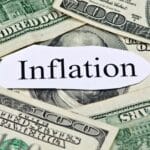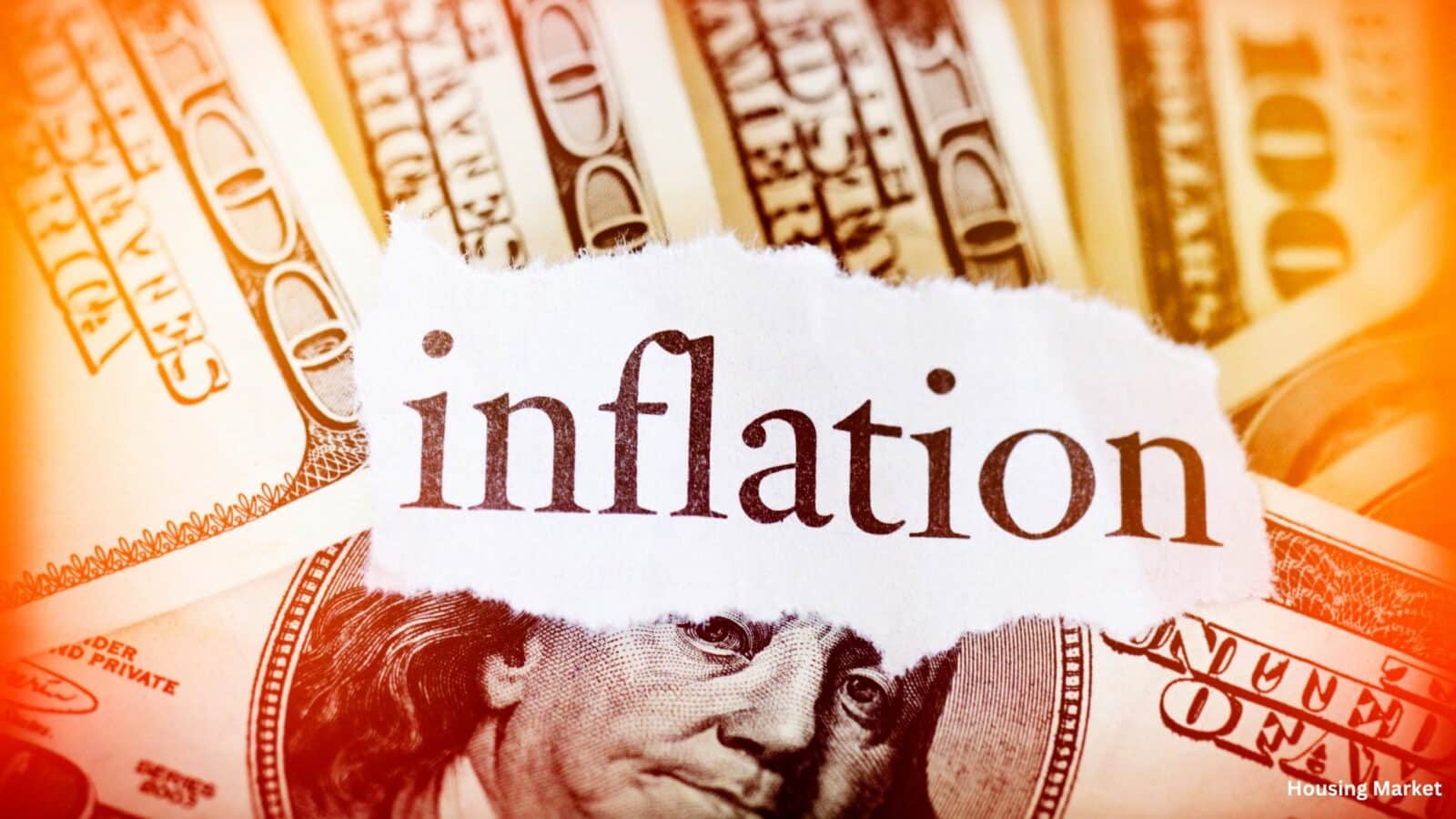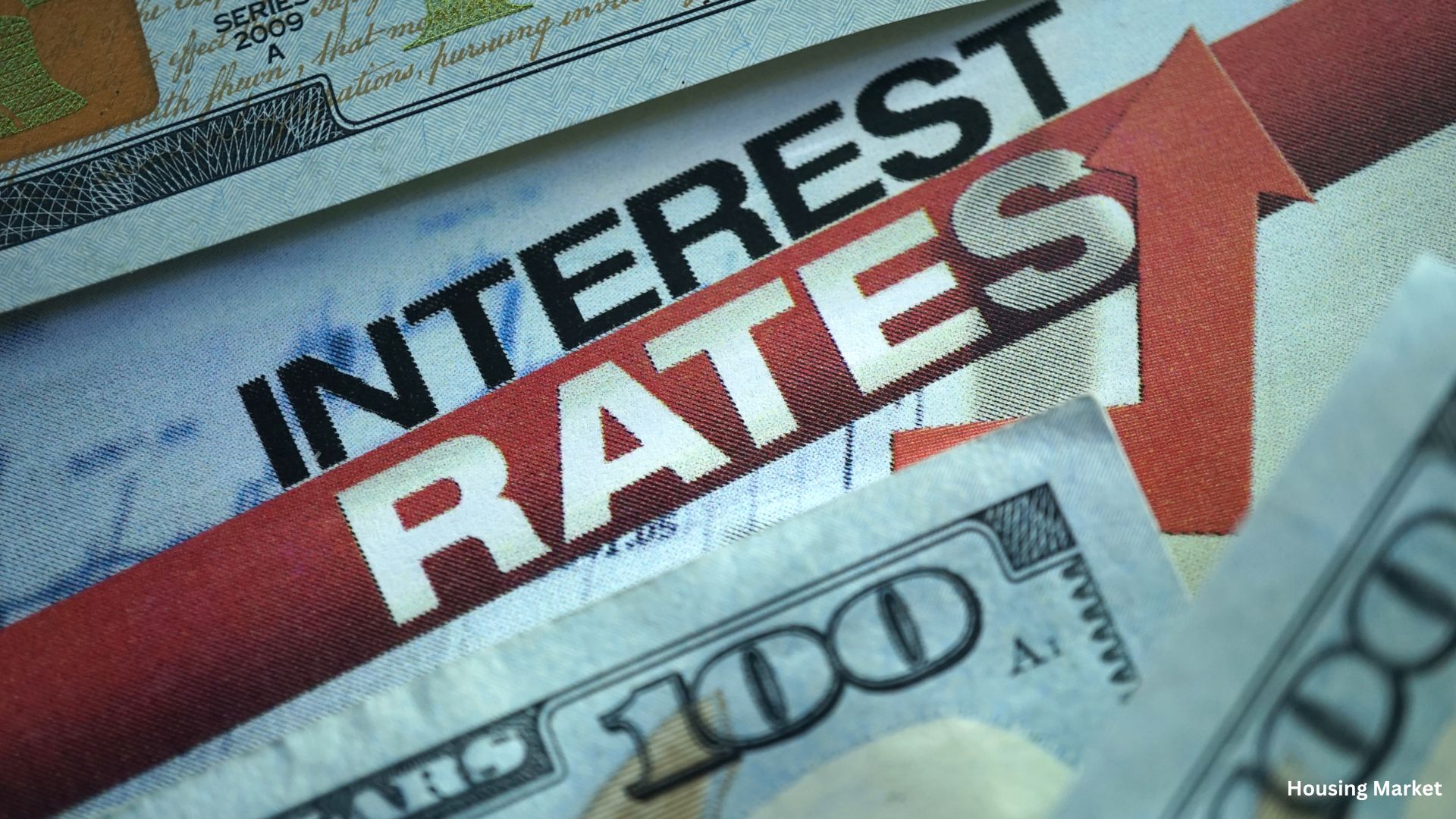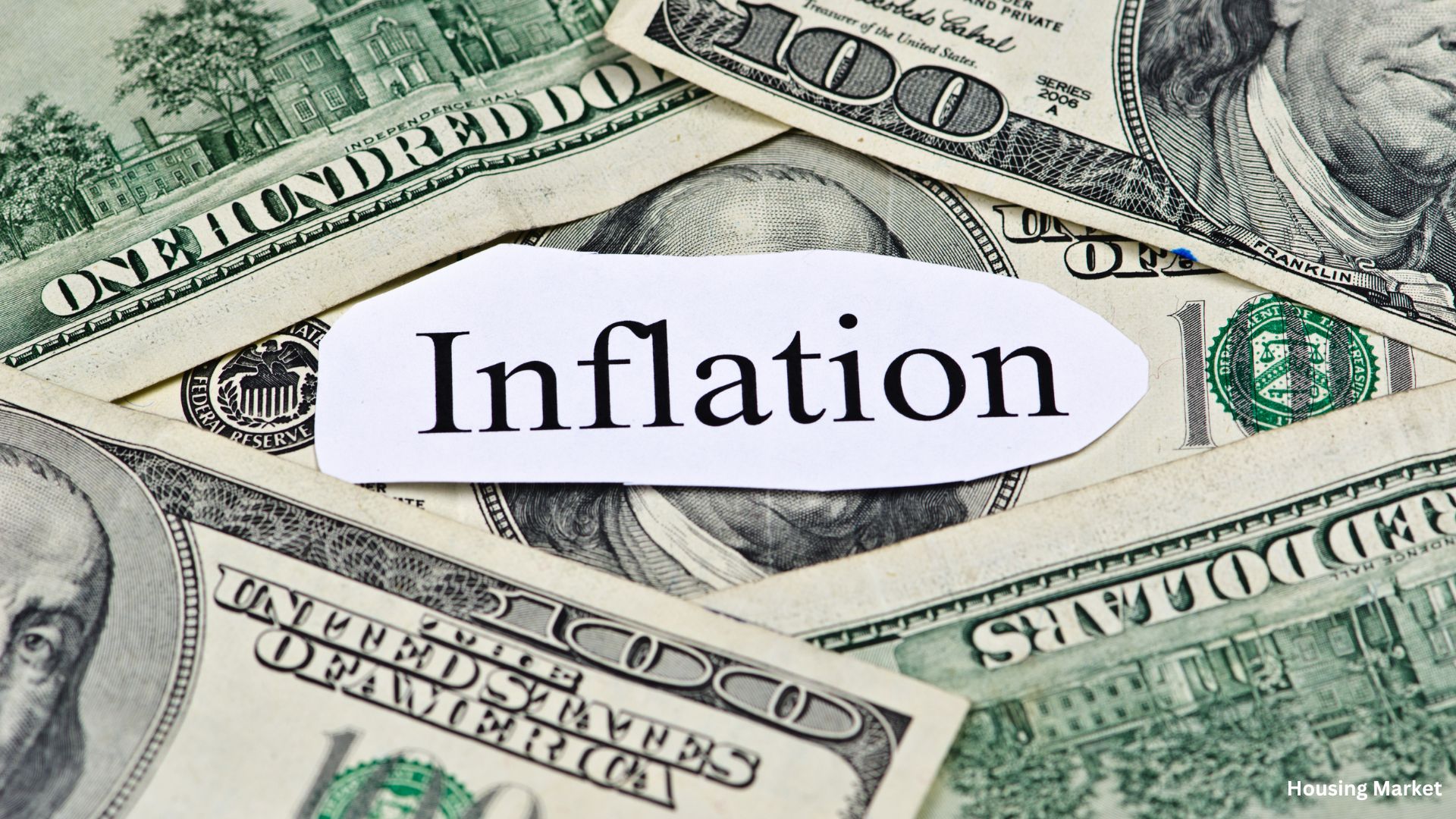The June inflation rate has been a topic of significant interest, with recent data showing a notable decrease. Understanding these fluctuations is crucial for predicting economic trends and the Federal Reserve’s actions. This article delves into the details of the June inflation rate, its implications, and what it means for the future.
Key Insights to June 2024 Inflation Rate
In June 2024, the U.S. inflation rate eased to 3%, sparking hopes for a potential Federal Reserve rate cut. This decline is a positive sign for the economy, suggesting that inflationary pressures are beginning to subside. The Consumer Price Index (CPI) for June was lower than expected, rising only 3% compared to the 3.3% increase in May.
Factors Influencing the June Inflation Rate

Several factors contributed to the decrease in the June inflation rate:
- Housing Costs: Prices for housing, including rents, began to ease.
- Travel Expenses: Airline tickets and hotel rooms saw a price drop compared to the previous month.
- Automotive Prices: Both new and used car prices declined, contributing to the overall decrease.
These factors collectively helped bring down the inflation rate, providing relief to consumers and policymakers alike.
The Federal Reserve’s Response
The June inflation rate report has fueled speculation about the Federal Reserve’s next move. Investors are now betting on multiple rate cuts by the end of the year. This sentiment was echoed by Bill Adams, Chief Economist at Comerica Bank, who noted that the fresh data makes a rate cut in September “quite likely.”
Economic Outlook
Despite the positive news, Federal Reserve Chair Jerome Powell remains cautious. He emphasized the need for more consistent data before making any decisions about rate cuts. While inflation has moderated, essential items like groceries, rent, and healthcare remain significantly more expensive than they were three years ago, contributing to ongoing public discontent.

The June inflation rate shows promising signs of easing inflationary pressures. However, the Federal Reserve is likely to proceed with caution, awaiting further data before making any significant policy changes. The coming months will be critical in determining whether this trend continues and how it will impact the broader economy.
Related posts:
 Surge in US Housing: A Close Look at the November 2023 Boom
Surge in US Housing: A Close Look at the November 2023 Boom
 Seattle Fort Lawton Housing Plan Revision: A New Vision for Affordable Living
Seattle Fort Lawton Housing Plan Revision: A New Vision for Affordable Living
 2024 Real Estate Recession Warning: A Closer Look at the Housing Market Dynamics in Arizona
2024 Real Estate Recession Warning: A Closer Look at the Housing Market Dynamics in Arizona
 Affordable Housing in Highland Park: A Sustainable Approach to Homeownership
Affordable Housing in Highland Park: A Sustainable Approach to Homeownership
 Challenges Persist as Housing Market Faces Unyielding Conditions Ahead of Spring Buying Season
Challenges Persist as Housing Market Faces Unyielding Conditions Ahead of Spring Buying Season





